Design Hub
Your molecular design & tracking platform turning drug discovery into a team sport


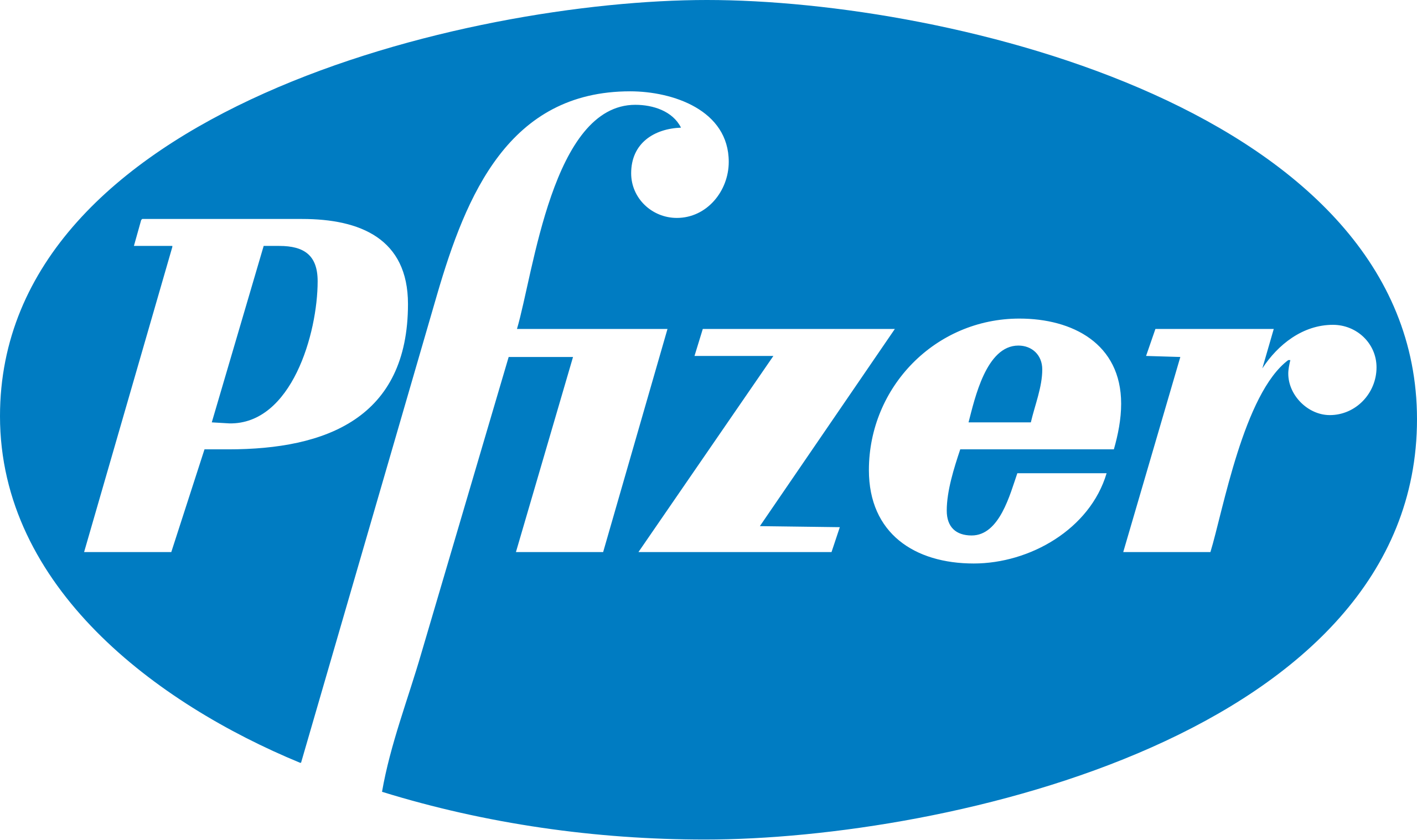







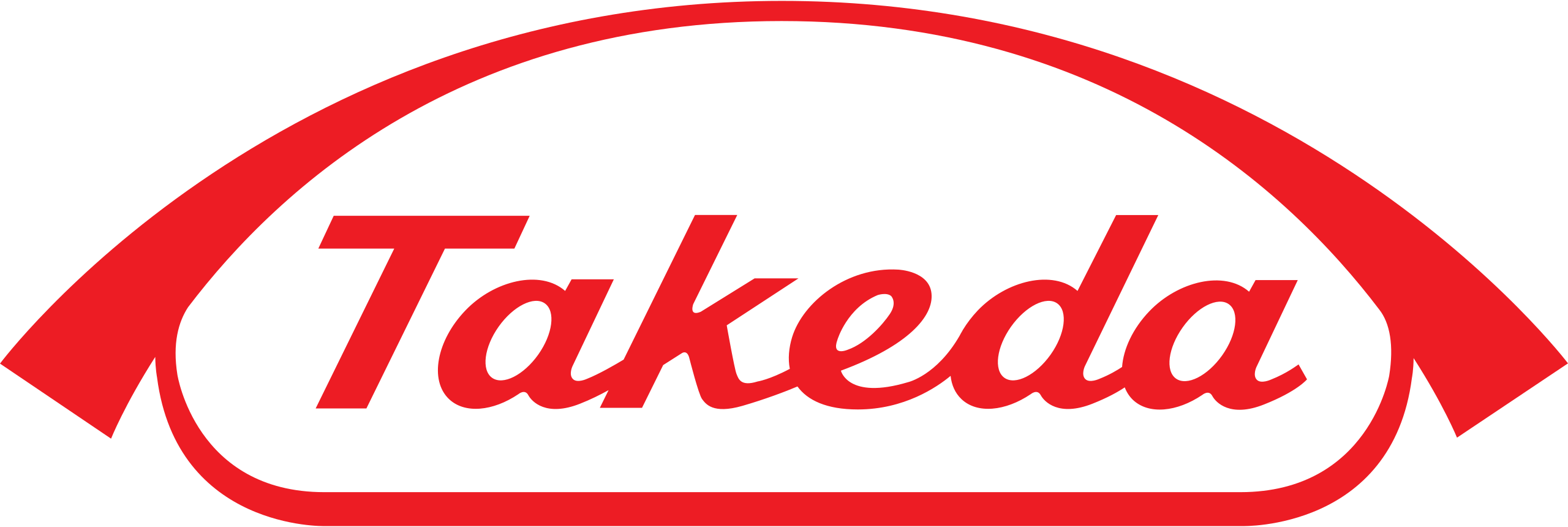


One drug discovery platform for your team
Is your discovery team held back by coordination challenges and fragmented information? Do you lack clarity on priorities, struggle to find key data, access alternative ideas or integrate in-silico insights into decisions?
We have the right platform for your medicinal chemistry team.
Design Hub clearly shows current project priorities, recent progress and bottlenecks. Its built-in secure sharing features ensure easy collaboration with colleagues and external partners.
Design Hub allows scientists to navigate molecules, find their status, priority, suggested alternatives and all related data in an organized way with industry-leading search and calculation functions based on our industry-standard chemical intelligence.
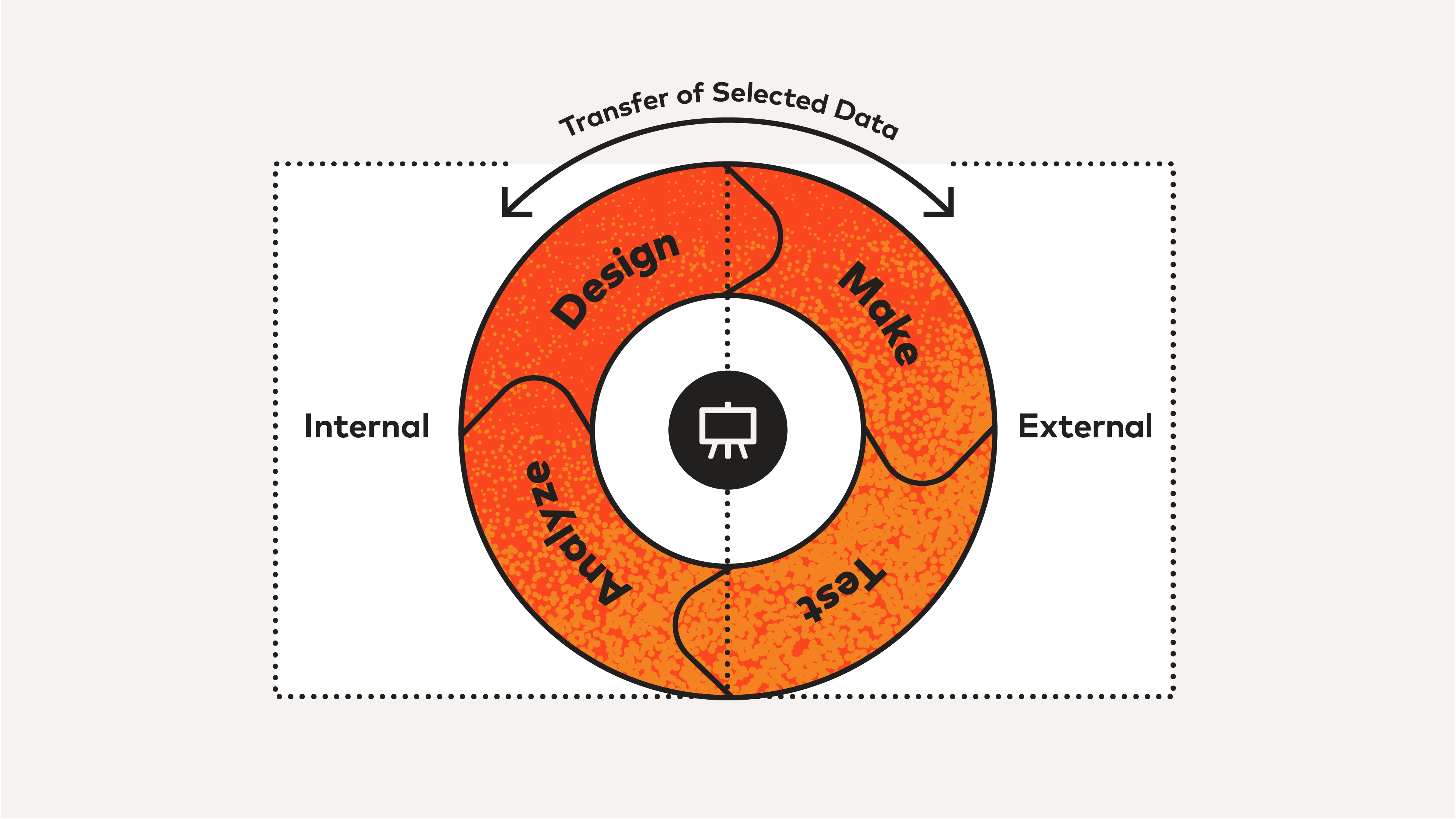
Design Hub use cases
Project management
- Show molecules by status and team member
- Share information with CROs
- Optimize processes using historical project data
Medicinal chemistry
- Capture and link design ideas and hypotheses
- Test ideas in-silico
- Prioritize molecule ideas for synthesis
- Track synthesis progress
Computational chemistry
- Create and share custom prediction tools
- Unify the format of collected data across your team
- Maximize computational tool usage in decision support
- Share binding hypotheses
Synthetic chemistry
- Identify the highest priority synthesis target
- Access rationale, molecule details and alternative ideas
- Share synthesis progress updates
- Provide expert feedback on synthetic accessibility
Design Hub gives you
Easy project tracking
What is your team working on? When should you plan for the next batch of molecules? How can you identify and remove bottlenecks?
Design Hub helps you keep track of your team’s work by arranging molecules based on status and team members into a Kanban board and helps you identify bottlenecks by providing historical project data.
All-in-one data hub

It is difficult to focus with data points scattered all over the place such as docking poses, synthetic accessibility scores, custom machine learning models and expert opinions.
Design Hub allows your team to access the same data set on a single platform and create custom views they can share among each other including SAR matrices, prediction results and more.
Clean data organization
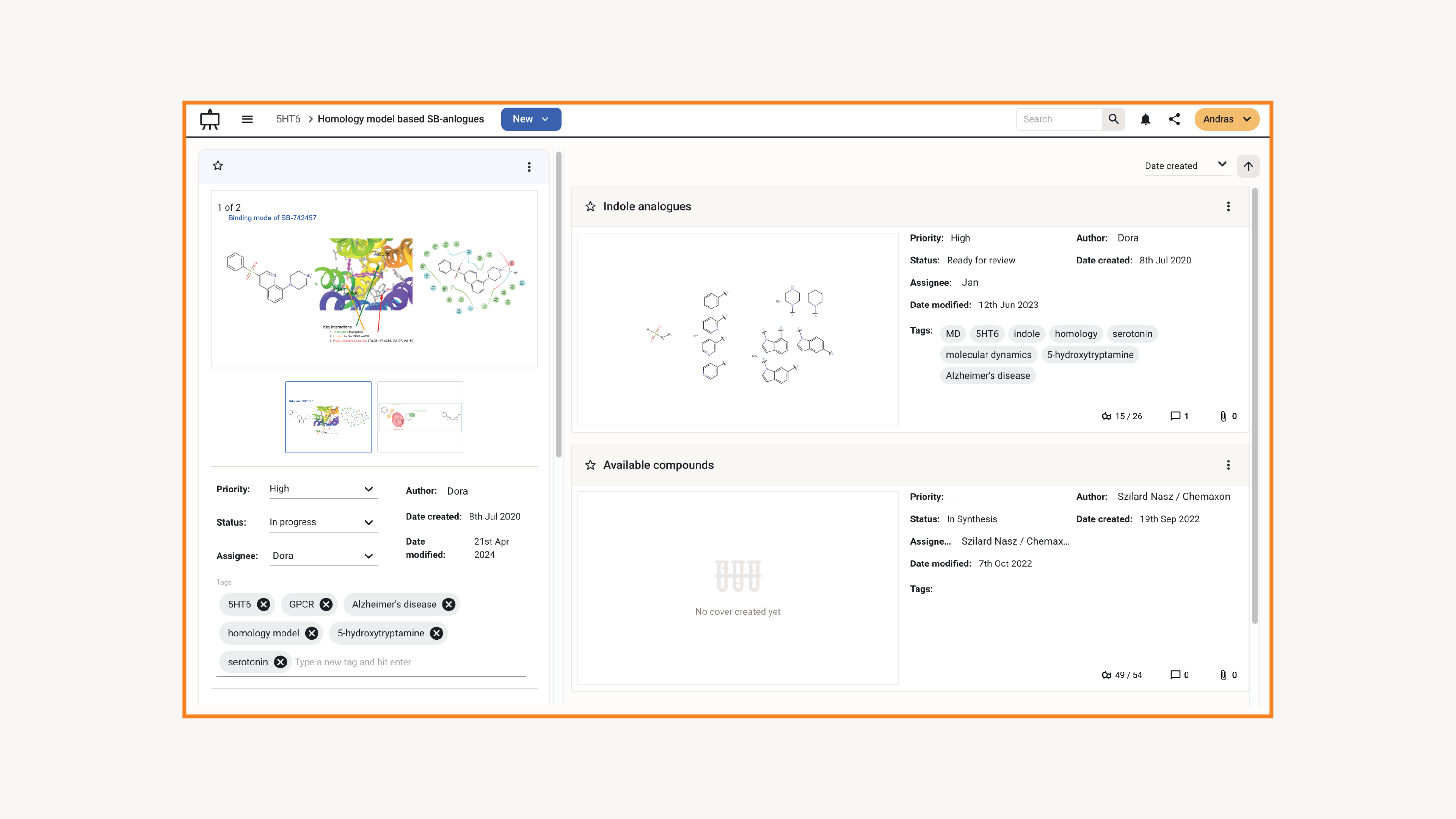
Predicting properties is straightforward, but making the results easily trackable and digestible is difficult.
Design Hub allows you to make your data easily readable by providing a hypothesis - design set - compound hierarchy, where all virtual and real data are attached to help organize synthesis lab work.
Secure communication with CROs

It can be cumbersome to work with partners across the globe in different countries and timezones.
Design Hub ensures that the right people have the right data using just one system via its robust role-based access control features for projects, compounds, attributes, comments and files.
Science-based idea prioritization
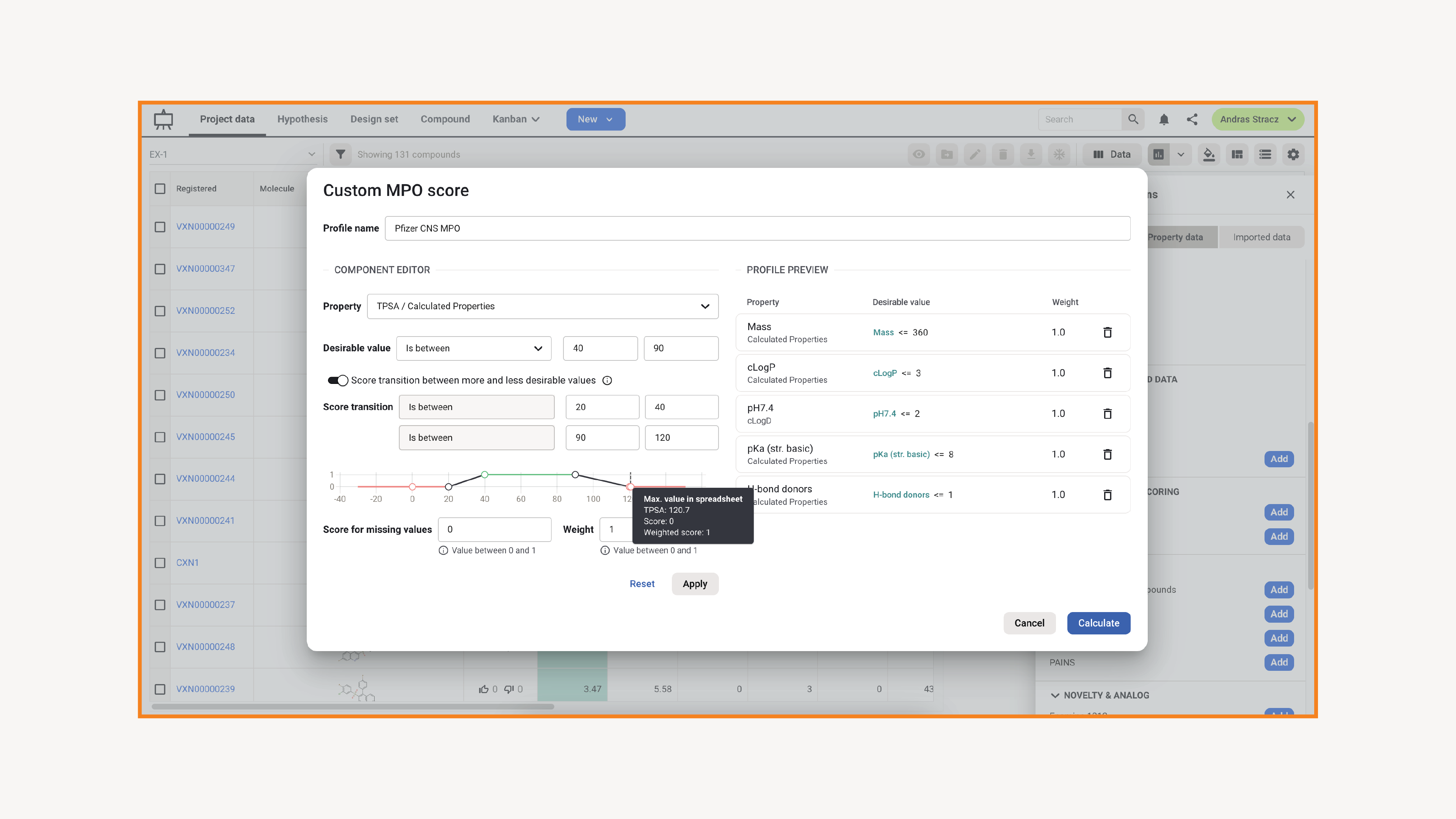
Choosing the next lead molecule is always a challenge between multiple opinions based on impressions.
Design Hub helps you base decisions on calculations, integrate custom machine learning models and prioritize ideas based on multi-parameter optimization scores that normalize and weight the values.
Collaboration among team members
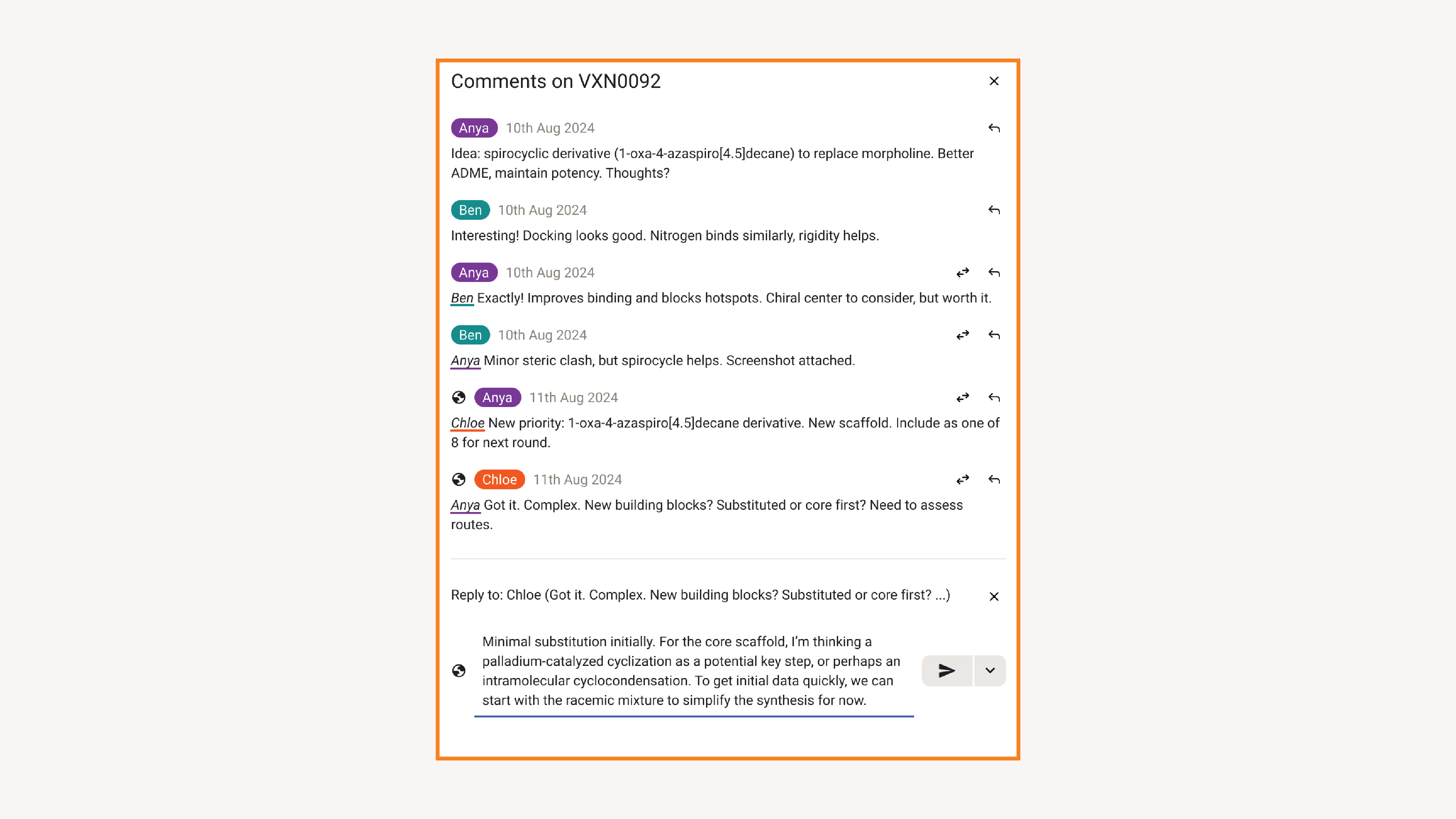
Keeping all your team members in sync throughout a project is a constant challenge.
Design Hub provides your team a platform for scientific conversation by commenting on molecule ideas, discussing hypotheses, sharing literature or voting on their favorite candidates.
Design Hub highlights
Automatic status updates
Design Hub can connect to your substance registration system to deliver automatic status updates, reflecting where each compound stands in the synthesis process.
Interactive 3D visualization
Design Hub provides the capability to display all predicted data on your virtual molecules including 3D modelling. The interactive protein-ligand viewer can be used to compare the binding poses of the best ideas.
SAR analysis
Design Hub’s R-group analysis features allow creating simple SAR matrices to generate missing molecules or find trends in external data.

Reaction enumeration
Design Hub's reaction enumeration capability lets you generate diverse sets of potential molecules for evaluation. All based on expert-curated rules that cover typical organic chemistry reactions.
Project progress report
Design Hub provides project reports that contain all historical data on compound and status progression ready for analysis and comparison with other data points.
Live calculations
Design Hub provides an easy way to sketch molecule ideas. Draw it, pick the properties you need one by one or use project defaults and watch the results update in real time.
Plugin API
Design Hub’s plugin API provides you an open and flexible way to fit new tools into your workflows like the latest machine learning models or third party applications.

Chemical intelligence
Design Hub includes our chemical intelligence to provide accurate handling for stereochemistry and tautomers along with a chemical search engine allowing you to get results based on substructure, similarity or matched pairs.
Resources
Learn more about Design Hub
Related Products
Marvin
The only chemical drawing tool you will ever need
Chemical Naming
Convert chemical names into structures
Chemical Structure Representation
Standardization and correction of chemical structures
Chemicalize
Calculate properties instantly, search chemical data, and draw molecules online
Compound Registration
End-to-end chemical registration out of the box
Reactor
High performance virtual synthesis engine
JChem for Office
Chemical structure handling, data analysis, visualization and reporting capabilities within MS Office
Design Hub
Your molecular design & tracking platform turning drug discovery into a team sport
Compliance Checker
Screening chemistry against controlled substance regulations at the click of a button
cHemTS
Automate HS code assignment for instant, structure based classification
JChem Engines
Search through tens of millions of chemical compounds and receive relevant query hits in seconds.
Calculators and Predictors
Execute high quality physico-chemical calculations and predictions.
Instant JChem
Create, explore and share chemical data
JChem Microservices
Chemical intelligence built to build on
MarvinSketch & Marvin JS
First generation chemical editors MarvinSketch for desktop and Marvin JS for integrations